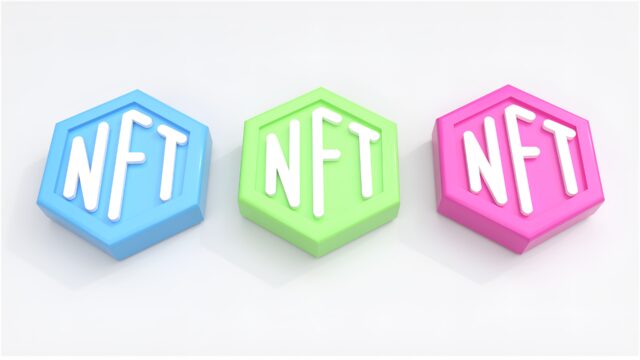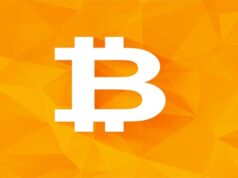
The world of crypto, blockchains and decentralized finance can be a confusing and complex place. It does not help that there seems to be a new development in the industry every month. These matters are further complicated due to the diversity of rather intensely held views on everything crypto, with some people calling it the future of commerce and others calling it an extended Ponzi scheme.
One thing is for certain however, it is important to learn the basics of the crypto world and understand what these technologies are and how they operate. This includes DeFi, Dapps and NFTs.
Not only is it important to understand crypto so that you can decide for yourself what you think of the industry, it is important because this technology is not going away anytime soon and is only going to continue changing and adapting. So, strap in and get ready to learn everything you need to know about decentralized finance.
DeFi
Decentralized Finance, otherwise known as DeFi, is a form of technology which utilizes crypto and blockchain technology in order to facilitate and manage financial transactions. The proponents of DeFi see it as the future of financial transactions and as a democratizing force.
Rather than the opacity, complexity and confusion which has characterized financial transactions for decades, DeFi, according to its supporters, means that peer-to-peer relationships will replace centralized financial entities and provide a full suite of financial products and services ranging from lending to mortgages to asset trading.
DeFi runs on blockchain and can be used for a wide range of different transactions, including e-wallets, decentralized exchanges, traditional financial transactions, NFTs, stablecoin investing, yield harvesting and flash loans.
Regardless of the platform used, investing in crypto can be risky depending on the circumstances and the particular crypto. Investors who want to make a good investment can do their research by monitoring the OKX cryptocurrency list to watch the real-time fluctuation of prices for specific cryptocurrencies, along with other trackable metrics for trading.
Dapps
Decentralized applications, otherwise known as Dapps, are a new way of creating applications which use blockchain technology and reduce the need for centralized middlemen. Dapps are decentralized apps that operate just like other apps and fulfil similar functions, but without the middleman.
One clarifying example is the world of taxi apps such as Uber or Free Now. Companies like Uber are the middleman which facilitate the transaction, charge a fee and manage the service. Ride sharing Dapps would provide a similar service but allow users to give their entire fee to the driver, rather than only the percentage allowed by the middleman.
Significantly, Dapps are open-source technology and operate on their own without any single entity or central authority controlling them. Just like DeFi, they are run on peer-to-peer networks such as blockchain technology, and they use smart contracts.
NFTs
Non-fungible tokens (NFTs) are likely the most widely discussed of the three decentralized finance technologies. NFTs are unique, tradable tokens which have historically been part of the Ethereum blockchain, although other blockchains have also now started their own NFTs as well. The blockchain is a ledger of who is holding and trading NFTs at any given time.
NFTs can be digital tokens of anything, such as drawings, art, audio or videos. However, right now, the buzz has mostly followed digital art NFTs. A lot of criticism has been thrown at the NFT world because some people have paid seven figures or more for images and videos which can be easily downloaded and shared by others.
However, there is only ever going to be one version of an NFT, and the owner will have usage rights and an entry on the blockchain which substantiates their claims to ownership. Another benefit of the NFT industry is that it actually benefits the artists creating the NFTs and means that the artists can be paid directly, once again cutting out the middleman.
The future of finance?
As you may have noticed, one unifying aspect of the above three technologies is the fact that they are all moving away from centralized financial authorities and allowing financial transactions to be made and tracked in a more democratic form. Instead of relying on traditional financial assets and trading, users of decentralized finance can empower themselves and those around them using technology based on the blockchain.
The financial crash of 2008 impacted the way that many younger people view the financial industry. Decentralized finance is just one of the many, long-lasting results of the crash.


































